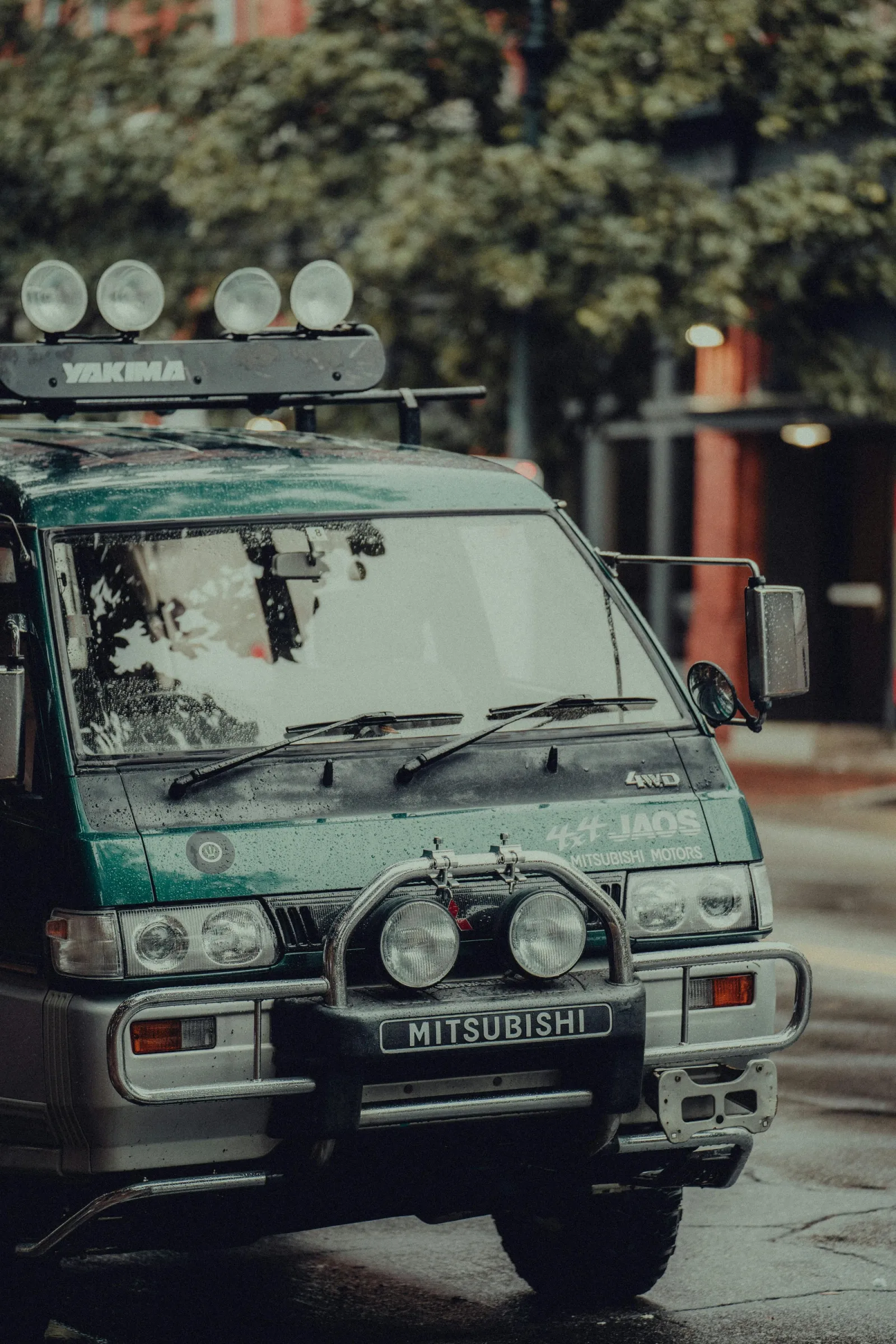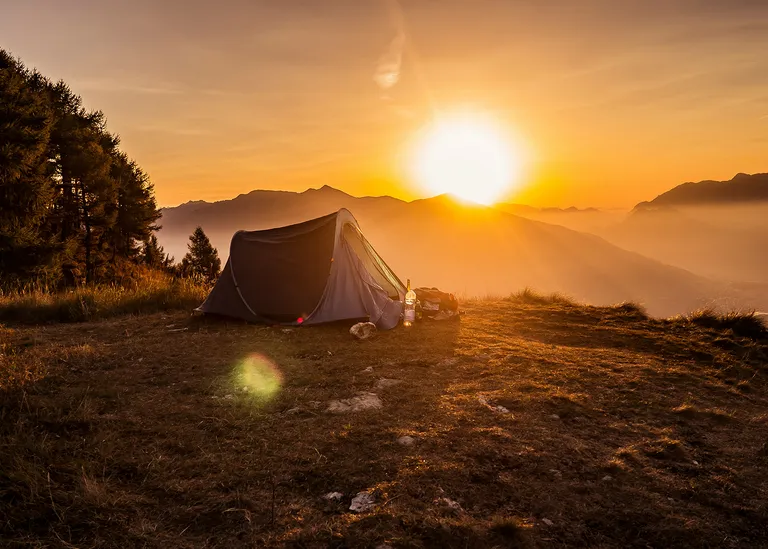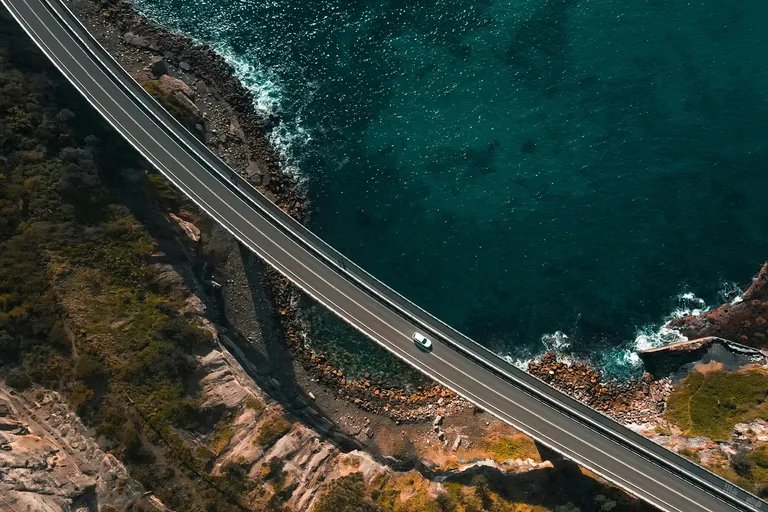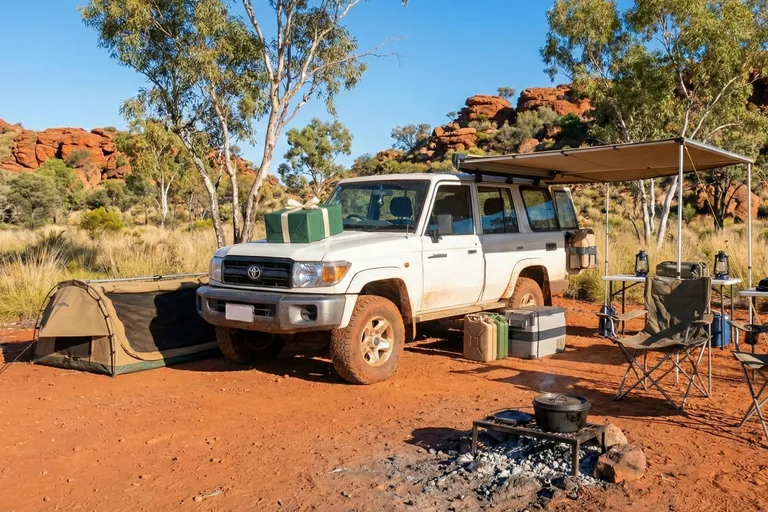If you’ve ever tried navigating a bush track after sunset with a pair of stock halogens, you’ll know it feels a lot like driving with two tea candles taped to your bullbar. That’s where proper 4WD lights come in; not just for looking the part at camp, but for actually seeing what’s ahead when you’re deep in the scrub, dodging roos, ruts and rogue wombats.
Whether you’re chasing the best driving lights for long-distance visibility or fitting out your rig with 4WD rock lights for night runs through gnarly tracks, the world of 4WD lights is bigger than your mate’s ego after he nails Beer O’Clock Hill on the first try.
In this guide, we’ll shine a torch on all the essentials. From your run-of-the-mill 4WD lights to 4X4 canopy lights and everything in between. Oh, and if you’re sitting there thinking “All I want to know is: what are the best 4X4 driving lights?” Don’t worry, we’ll cover that too. And since we’re Club 4X4—by 4WDers, for 4WDers—you know this isn’t just theory. It’s the stuff that gets tested in the real world.
Types of 4X4 Lights and Their Uses
When it comes to 4WD lights, one size definitely doesn’t fit all. What works for a night run down the highway at 100 clicks an hour might be completely useless when you’re crawling through rocky creek beds at night. So let’s break down the lighting gear that actually matters and where it shines (literally).
4WD Driving Lights
These are your go-to for punching light as far down the track as physics will allow. Generally mounted on the bullbar, 4WD driving lights are built for serious forward visibility and usually come in pairs, with one being a spread beam and one being a pencil beam. Perfect for red dirt roads, highway hauls, or spotting trouble way ahead in the bush.
- Best used for: Highway driving, touring, open tracks
- Look for: Long beam distance, focused spread, vibration resistance
- Pro tip: The best driving lights for 4X4s these days aren’t always the ones that burn retinas—they're the ones that throw light where you actually need it, not just a kilometre down the Nullarbor
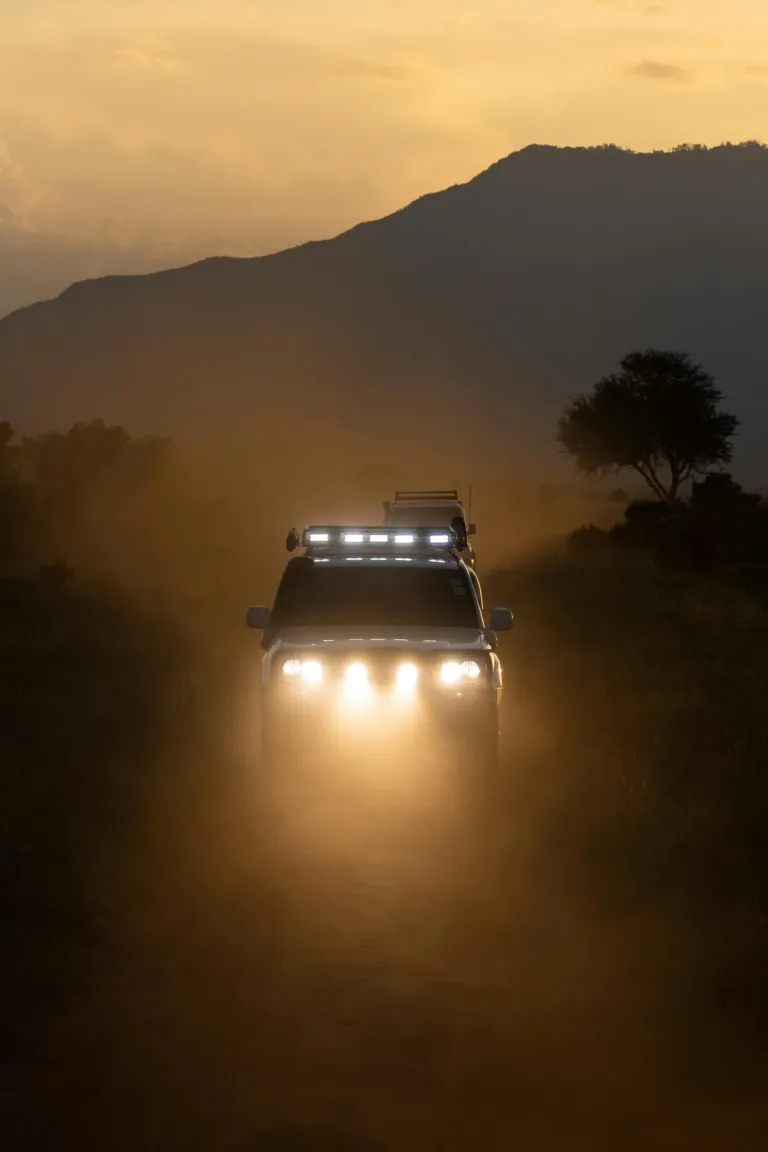
4wd with high beam lights driving through dust at night
4WD Spot Lights
Think of 4X4 driving lights as your high-beam upgrade and 4WD spotlights as a tactical torch for your rig. These throw a concentrated beam in one direction, letting you light up specific areas of your campsite or the track.
- Ideal for: Targeted visibility, off-road precision work, etc.
- Look for: Robust construction. The best LED spotlights for 4X4’s are water, dust and corrugation proof
- Pro tip: Mount them with a slight outward angle to get a bit of peripheral light without blinding the koalas at the tops of trees
4WD Rock Lights
4WD rock lights are low-mounted “puck style” LEDs that shine down on your wheels and underbody. If you never night wheel, you’ll likely never need them, however, if you’re setting up a rig and want all the help you can get on the technical tracks when it’s well past bedtime, you won’t regret installing them, especially when it comes to track building and underbody repairs.
- Great for: Night-time technical driving, track and truck repairs, aiding your spotter
- Pro tip: 4X4 Rock lights can cop and absolute hiding depending on their placement. Give them a fighting chance and keep them protected from flying rocks and mud
4WD Canopy Lights
It’s all fun and games until you're fumbling around your canopy in the dark, trying to find the 10mm socket or a lighter to get the campfire going. That’s where 4WD canopy lights and tray lights step in: simple, insanely practical, and once you’ve got them, you’ll never go back.
- Perfect for: Touring setups, tradies, anyone living out of the back of their rig or utilising it at all times of the day
- Look for versatility: The best 4WD canopy lights are dimmable and have an option for a light colour that doesn’t attract creepy crawlies (such as red)
- Pro tip: Motion-sensor canopy lights can be a game-changer when your hands are full (or covered in mud)
LED Work Lights and 4WD Tail Lights
LED work lights for 4X4 setups are the unsung heroes of any proper touring rig. Whether you're winching at midnight or, setting up camp in sideways rain, good work lights could mean the difference between getting it done and creating fifteen new swear words in the dark.
The best setups offer flood-beam coverage, are weatherproof (IP67 or higher), and can be mounted on the rear bar, roof rack, or tucked under the canopy. They’re also a lifesaver when hitching a trailer solo at night, or troubleshooting something that’s suddenly leaking where it shouldn’t be.
Pair them with a solid set of 4WD tail lights and you've got a setup that’s as safe as it is functional. Bonus points for units with integrated indicators, brighter reverse lights, and that meet Australian Design Rules (ADR), especially if your factory tail lights are partially hidden by a spare or jerry can holder.
Used for:
- Illuminating camp setups, trailer hitching, and night-time repairs
- Reversing into tight spots (or not off a cliff)
- Staying visible on dusty tracks
How to Choose the Best Lighting Gear for Your 4X4
Choosing lighting for your 4WD is less about blinding the bloke in the oncoming lane—and more about getting the right kind of light in the right places, based on how and where you actually use your rig.
First, Start With YOUR Use Case
- Touring and long-distance driving? Of course, you'll want the best 4X4 driving lights you can get your hands on. Look for long-distance reach, a clean beam pattern, and low-glare spill.
- Technical off-roading or rock crawling at night? Invest in quality 4WD rock lights or low-mounted LEDs to illuminate your wheels and terrain.
- Camping or late-night trailer hitching? Go for wide-spread LED work lightsfor your 4WD or 4WD canopy lights that flood your setup area without draining your battery.

4WD with lights on and back of another car close up
What to Look For
- Brightness & Beam Pattern: Don’t just chase lumen numbers. Look for a combo of spot and flood beams: flood for up close, spot for way out yonder. The best LED spot lights for 4X4 rigs are the ones that illuminate the track, not the treetops.
- Durability & Weather Resistance: This is non-negotiable. Look for IP67 or IP68 ratings, aluminium housings, and solid mounts which have multiple fixture points that won’t shake loose or shatter over corrugations.
- Ease of Installation: If your lights require a PhD in auto-electrics to install, give 'em a miss. Choose lights that are plug-and-play or compatible with standard 12V setups. Bonus points for integrated switches and fused harnesses.
- ADR Compliance and Laws: If you’re mounting lights that can run on-road, they need to meet Australian Design Rules and laws. For more info check out our article called “I Heard That’s Illegal”, here.
Pro tip: You don’t need to spend your years worth of wages on lighting, but cheap eBay specials tend to fade, leak or die quicker than your first attempt at reversing with a caravan. Stick with reputable brands known for off-road lighting, and match your gear to your style of travel.
Installation and Maintenance Tips
When it comes to wiring up 4WD driving lights, or any 12V lighting for that matter, shortcuts will cost you. Usually when you’re knee-deep in mud, it’s pitch black, and your lightbar’s throwing a tantrum. So here’s how to wire it properly the first time:
Rock Lights
Mount your 4X4 rock lights low, just above or behind the wheel arches or chassis rails in a protected spot, angled directly onto the tyres and terrain. Use a relay and fused switch panel, and run dedicated wiring to each light if you want them to survive more than one trip. If you're wiring them into a Bluetooth switch controller, make sure the module is IP-rated and mounted away from heat and water.
- Always solder connections and finish with heat shrink. Crimp joins might be quicker and easier, but they’ll corrode or shake loose faster than you can say “electrical gremlin”
- Avoid running cables over sharp edges, split conduit and rubber grommets are your best mates
Canopy and Tray Lights
4X4 canopy lights should be wired into your dedicated aux battery, not the main. Add a dimmer or motion sensor switch, so you’re not blasting the campsite at 1AM looking for the keys you dropped.
- Avoid tapping into tail light wiring, unless you enjoy chasing mystery faults.
- Use IP67+ rated lights, sealed switches, and run cabling in flexible conduit to protect it from drawers and cargo.
Driving Lights & Spotlights
4WD driving lights and LED spot lights for 4X4 should be wired through a properly rated relay and fused harness. Use a high-beam trigger for road legality, and mount a manual override switch in-cab for off-road use.
- Again: heat shrink, solder, and sealed connectors, and don’t trust the “waterproof” claim on cheap kits. Test it yourself before relying on it in the wet.
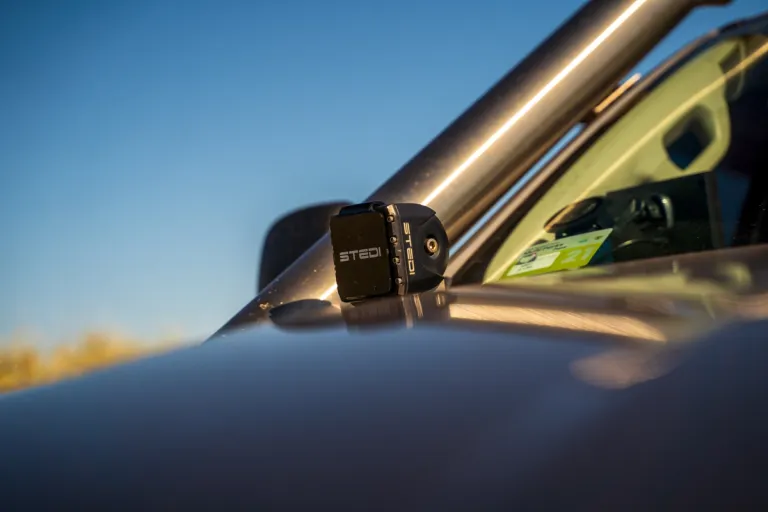
4x4 light mounted on bonnet
So, Which are Best?
The best 4X4 driving lights aren’t just the brightest, they’re the toughest. You could have driving lights as bright as the sun, but they’ll be absolutely useless if they’re flapping in the breeze, held on only by their wiring (don’t ask us how we know that). Look for combo beam patterns (spot + flood), quality housings, and high IP ratings. Brands like BushRanger, Stedi, and Lightforce are popular among serious 4X4’ers for a reason: they hold up to vibration, moisture, and long hours on the track.
If you’re looking for the best 4X4 driving lights currently on the market, we’ll come right out and say it. Based on our extensive testing of over 50,000KMs, the BushRanger 4X4 Gear Nighthawk range absolutely dominates.
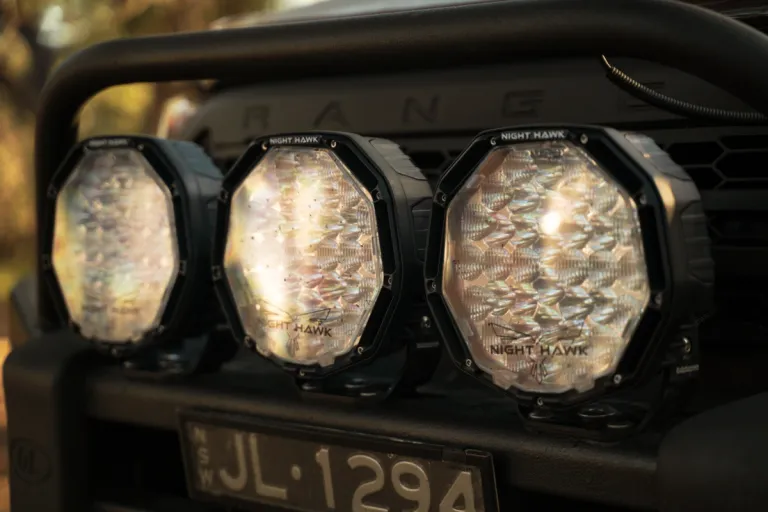
4x4 driving lights close up
Conclusion
Whether you’re lighting up a beach run, weaving your way through the forest, or just setting up camp after dark, quality 4WD lights make every trip safer, smarter, and a whole lot easier. But with every new accessory comes more value on your rig—, value that deserves proper protection.
Comprehensive Insurance
So you aren't left in the dark


